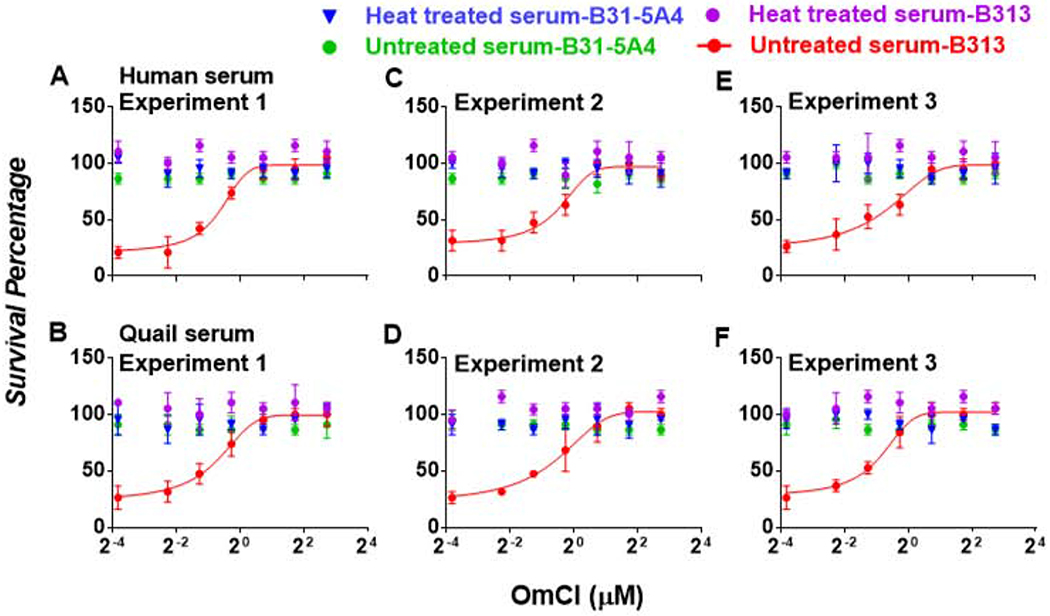Figure 3. OmCI inhibits the ability of human and quail serum to kill a serum sensitive B. burgdorferi strain in a dose dependent manner.
A low passage, infectious, and serum resistant B. burgdorferi strain B31-5A4 (“B31-5A4”) or a high passage, non-infectious, and serum sensitive B. burgdorferi strain B313 (“B313”) was incubated for 4h with indicated concentrations of OmCI as well as (A, C, and E) human or (B, D, and F) quail serum with a final concentration of 40 %. Heat-inactivated human or quail serum was included as controls. The number of motile spirochetes was then assessed microscopically. The percentage of survival for those B. burgdorferi strains was calculated using the number of mobile spirochetes at 4 h post incubation normalized to that prior to the incubation with serum. The work was performed on three independent experiments; within each experiment, samples were run in triplicate. The result shown here is the experiment (A and B) 1, (C and D) 2, and (E and F) 3 from the average survival percentage ± standard deviation of three replicates in each experiment. The concentration of OmCI to inhibit 50 % levels of serum killing (IC50) was obtained by fitting the data points using nonlinear regression methods (IC50 = 3.78 ± 1.71 μM for human serum, IC50 = 2.94 ± 0.83 μM for quail serum).

